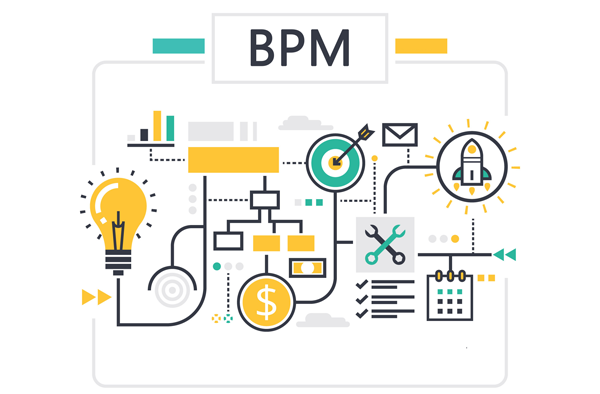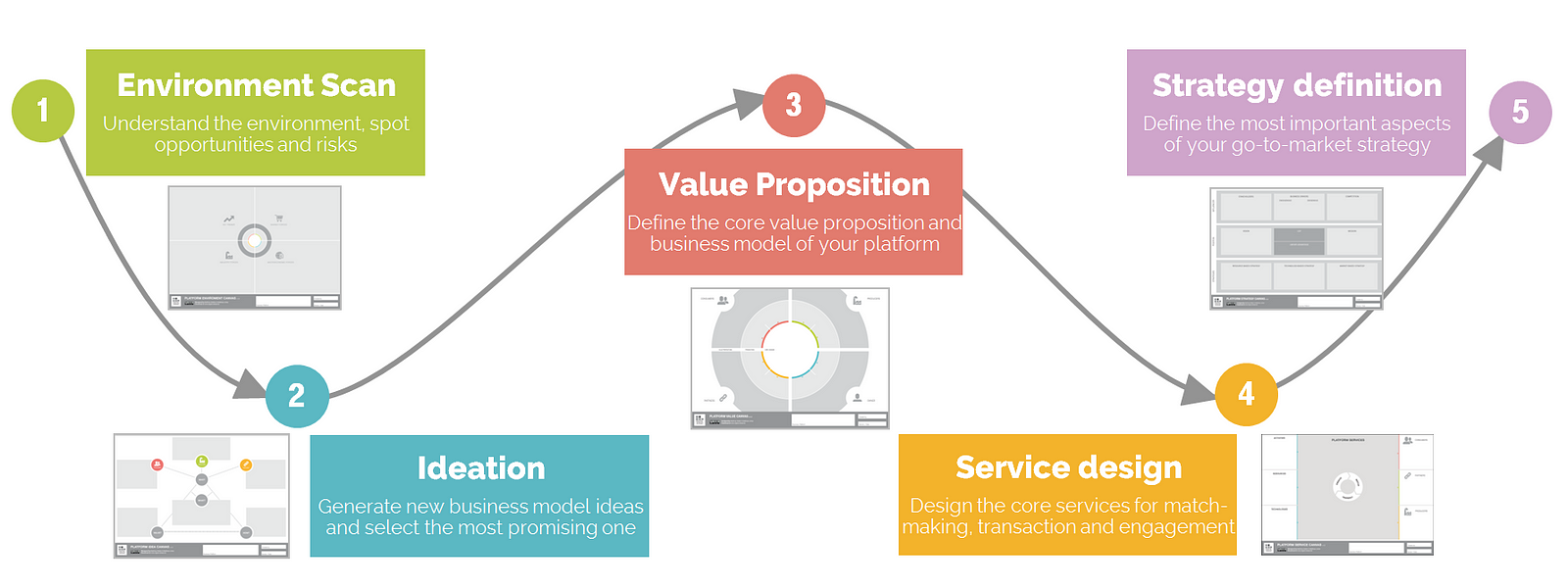


Once your diagram is complete, ensure each process works as originally designed. To connect these three main elements, a fourth element can be used, something called the “sequence flow.” These are the black lines with arrows that connect everything together. BPMN consists of three main elements: events, activities, and gateways. When marking workflows, you’ll want to ensure you are following BPMN 2.0, the universal notation for business process modeling.

Each action is supposed to trigger the following step in the sequence.Ĭommon BPMN symbols. An active voice with action verbs should be used to describe each task, such as “fill out request form” or “contact supplier.”Īfter defining the tasks that move your process from start to finish, now you need to put them in chronological order. List the steps that drive your process forward. List which actions are making the process actually work Thinking of all possible outcomes is critical to avoid confusion later on.ģ. Some processes are more complex than others and thus have multiple endpoints. Make sure your staff is prepared mentally for the transition and that you are establishing workflows that are conducive to their work.Įstablish where a process starts and where it stops. Since processes are workflows, changing processes will affect the way people work together. Meet with all of your process stakeholdersīefore you begin process mapping, you will want to gather all of the stakeholders that will be affected by a process together. With a BPM platform, your enterprise can track the amount of time it takes to complete a process, spot bottlenecks or time-consuming tasks, reinforce defined execution standards, automate work, and more.īelow is a step-by-step guide to help you map your business processes.ġ. Process mapping comes before a BPM platform and is the basis of the whole workflow engine. Relying solely on process maps without a business process management (BPM) platform often results in missed opportunities for improvement due to untracked metrics and key performance indicators (KPIs).
#BUSINESS PROCESS MODELLING STEPS HOW TO#
These are meant to help guide employees on how to carry out procedures. Certain enterprises use process maps as templates, or guidelines, or diagrams for tasks. Process mapping is executed to establish an order for procedures, a necessary prerequisite for any Standard Operating Procedure (SOP). What is business process mapping used for? They can use that information to find what works versus what can be improved upon, and what needs to be done to effectively correct the course. Using a process map, employees can easily gain insight at a macro level of how these workflows work in practice. Process mapping is the act of creating a process (also known as a workflow) diagram that shows the necessary actions required to complete the desired outcome, such as purchasing an item or requesting leave. In the words of Adam Lazarus of Buoy Ventures, “Business process mapping gets everyone on the same page.” Processes are how people within an enterprise work together to achieve a goal. Knowing these will help you manage your business more effectively moving forward.īelow, we will cover an industry-standard guide to help you improve your own enterprise. Process mapping helps you learn what needs improvement, along with your strengths. The more you understand how processes work, and the potential they have to transform your business, the better your business’ organizational and operational health will be.īeing able to clearly design your business processes helps you understand how your business process works. Business process mapping is the foundation of all core business operations whether you realize it or not.


 0 kommentar(er)
0 kommentar(er)
